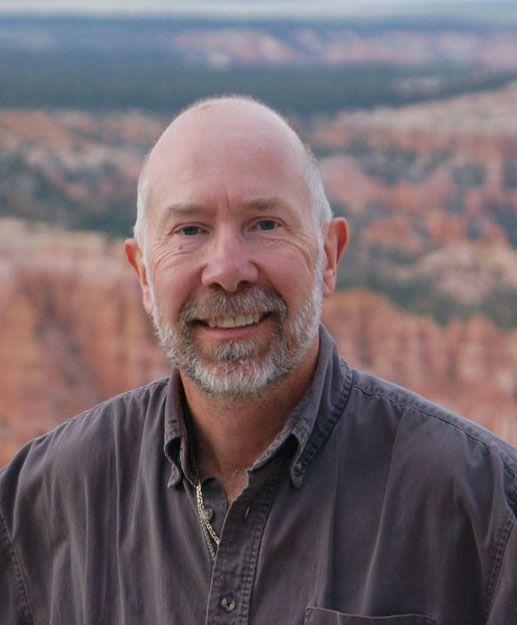Abstract:
We now believe that every large galaxy hosts a supermassive black
hole at its core, with masses ranging from millions to billions of
times that of our Sun. At times, these black holes are actively
accreting, causing the nuclei of the galaxies to shine brightly
across the electromagnetic spectrum. However, in many, perhaps
most quasars, obscuring material along the line of sight shields
us from directly viewing the inner nucleus. This obscuring material
is heated, and emits strongly in the mid-infrared. The Wide-field
Infrared Survey Explorer, or WISE, has recently mapped the entire
sky in mid-infrared light with exquisite depth and clarity. WISE
has allowed us to find luminous quasars across the whole sky due
to this heated material, more than tripling the number of quasars
known. I will discuss several surprising new insights into quasars
that have come out of this work. In brief, the dominant paradigms
do not match our observations, with potentially important implications
for the role of quasars in the growth of galaxies. I will conclude
by discussing how these studies will be further enabled by the
Euclid and WFIRST satellites.


